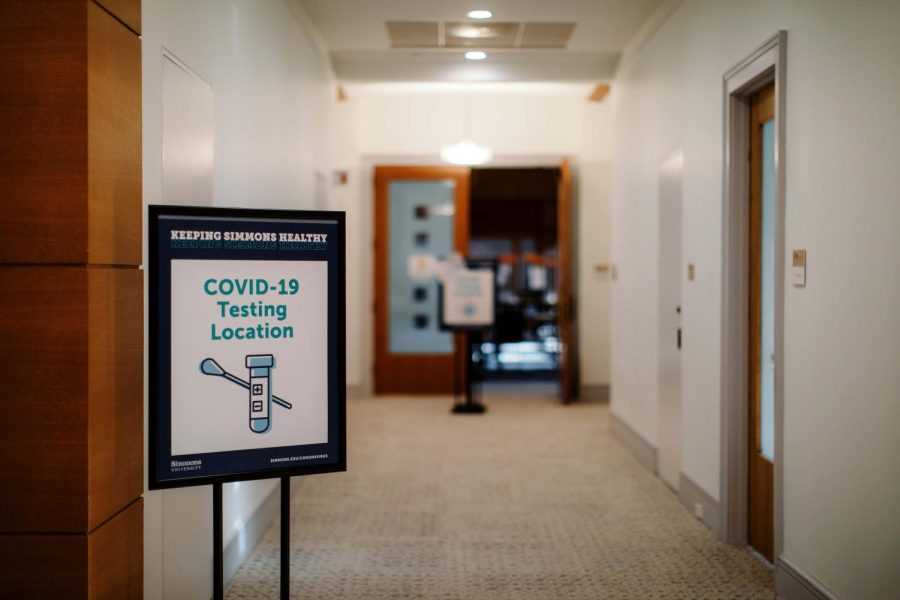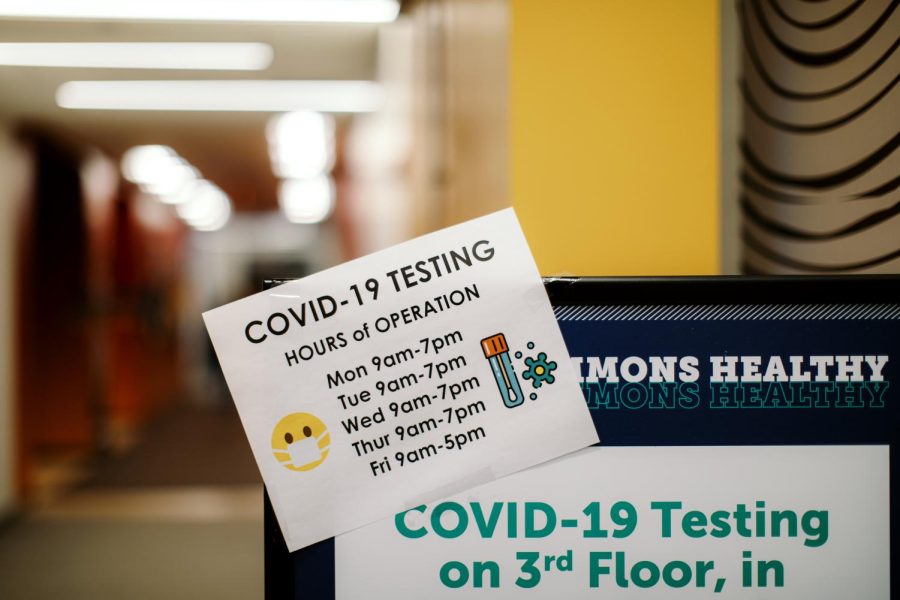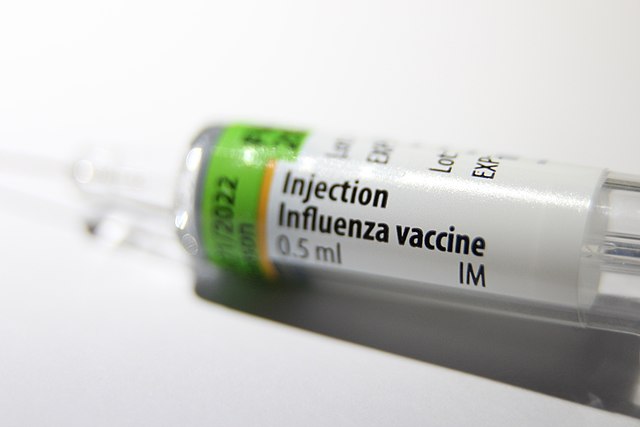By Aurora Goodland
Contributing Writer
It is an enchanting spring morning, the sun just beginning to breathe upon the awakening earth. You open the door to absorb some energy from the surrounding life, the trees finally green again after the barren, brutal winter.

Stretching your arms to the sky and letting out a sigh, you feel the breeze brushing against your skin—but then you notice something odd buzz by your ear. Unsettled, you look around to find the source of the sound: drones. No, not a male bee, but a tiny, insect-sized flying technological device. Why are these robots buzzing around your yard?
In 2007, a Japanese scientist was creating gels and other liquids to be used for conducting electricity, and a particular gel he made for this experiment was too sticky, so he nonchalantly put it in an uncapped bottle on a shelf.
Just recently he was cleaning his laboratory and serendipitously happened upon—lo and behold— the sticky gel! Miraculously, after eight to nine years of being on a shelf in an uncapped bottle, it was unchanged. Realizing a possible use for the sticky substance, he bought insect-sized drones, coated them in the mystery gel and hair, and then flew them around to see if they would be able to transfer pollen between Japanese Lilies. Surely enough, the furry-sticky-flying creation worked! The drones picked up the pollen, and when they landed on another flower, transferred pollen to the other plant.
So don’t worry, these drones are pollinating your plants now. No need for bees any longer, when we can instead cover flying saucers with gel and horse hair! That’s right, all of our problems are solved—or maybe not.
For perspective, over the past 60 years, the number of bee colonies in the U.S. has declined by 3.5 million, from 6 million colonies in 1947 to 2.5 million today, according to National Archives and Records Administration.
According to the American Beekeeping Federation, bees alone contribute $14 million to the value of U.S. crop production—and they do this for free. So, it would be a national disaster to have to replace the role of bees in our ecosystem with drones, which are certainly not a free service. In fact, the drones created in Japan cost $100 a piece, and would only pollinate successfully, after a bit of practice, 53 out of 100 attempts. If we were to replace bees with drones, after spending millions of dollars on drones, we may only see success about 50% of the time.
Of course, if we put at least some of this money towards replenishing the bee population, that would be a much more efficient route, considering bees do not have any rate of failure when it comes to the ability to pollinate—not to mention, these drones are manually operated. Thus, to actually program drones to pollinate without manual operation would add significantly to their price.
Well, apparently these bee drones are not the only creations buzzing around the internet, nor are they the first to be made. In fact, Harvard created “RoboBees” which made their debut in 2013, and have even been worked on since early 2009. However, Moritz Alexander Graule, who worked on the RoboBees at Harvard, told The Guardian that “micro aerial vehicles run out of energy quickly. They can stay in the air for about 10 to 30 minutes.” Therefore, they would be difficult to use to pollinate massive fields, because they would need to be recharged frequently.
Additionally, Industrial Design student Anna Haldewang, at Savannah College of Art and Design, recently made her own bee drones, titled “Plan Bee”, for a project. Anne claimed that before this project, she “had no idea about the danger to honeybee colonies,” and she hopes that people will someday use her drones to “see how the [pollination] process works.”
As fascinating as a pollinating robot may be, it would still cost a fortune to replace the role of all bees with such technology. Consequently, if we completely lose hope for bees and move towards this substitution, it is likely that bees will lose the attention and support that they need, and they will indeed go extinct.
Rather than putting all of this effort towards creating robots, perhaps we should put this effort towards saving bees instead. To help save bees on an individual level, some things you can do include: donating to and support bee organizations, refraining from spraying pesticides/other chemicals on plants, purchasing food from companies that do not spray harmful herbicides and pesticides on their crops, and planting flowers that bees find particularly delicious—cosmos, sunflowers, lavender, crocus, rosemary, poppies, snapdragons, and many more. Or, if you are feeling particularly ambitious, support/volunteer to help a beekeeping project, or become a beekeeper yourself!
Of course, with the rapid decline in bee populations, we must begin to reverse this detrimental destruction of an ecosystem service we are so accustomed to having. Nonetheless, questions regarding ethics arise regarding replacing the vital role of a living organism in our ecosystem. It is important to realize the devastation we have caused to bee populations, and perhaps with this awareness more activism will rise with the prospect of saving these extraordinary insects.

























